7 Things You Should Know Before Buying a Drone

Buying a drone can be a scary thing for someone who’s new to the market. Amazon pages for products are covered with tech terms you don’t understand, you’re not sure what to look for when buying a drone, and you don’t know what you should expect when your package arrives.
Today, we want to help you out with these 7 simple tips and things to know before purchasing a drone.
1. Words To Look For When Buying A Drone
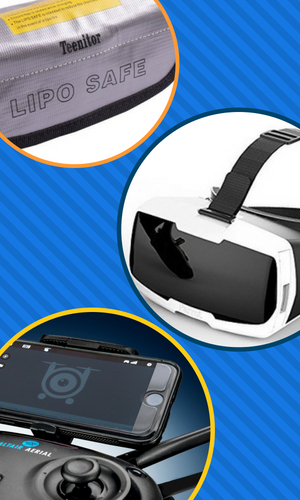
When you start shopping for a drone, you’ll notice a number of acronyms. Understanding these will make sure you buy the right drone for your needs.
RTF stands for ready-to-fly. The name’s a little misleading, as you’ll often need to install the propeller or bind the controller to the drone before flying. You’ll also need to charge your drone’s battery.
BNF or bind-to-fly drones are usually completely assembled but they don’t have controllers, so you’ll need to buy one or install software on your mobile device.
ARF stands for almost-ready-to-fly. If you buy an ARF drone, you’re buying a drone kit. Usually these kits don’t come with transmitters or receivers. Many also don’t have motors, flight controllers, electronic speed controls, or batteries. Read the description of an ARF drone carefully so you know which components you must provide.
FPV refers to First-Person Video. This means that the drone can stream footage from a first-person perspective to a phone, VR headset, or other device. It’s a good thing to have for photography and essential for racing.
LiPo is Lithium Polymer – it’s what most drone batteries are made of. You don’t need to understand the specifications of a battery when you’re buying a drone for the first time – it’s more important to look at the “flight time,” which is how long the drone can stay in the air on a single charge. “Charge time” is also important and exactly what it sounds like.
2. Buying A Drone May Require Registration
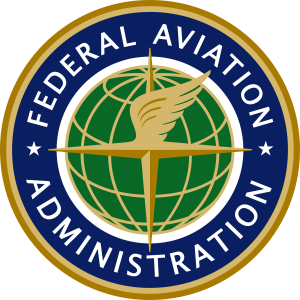
The Federal Aviation Administration (FAA) classifies drones as Unmanned Aircraft Systems (UAS) and requires registration of all UAVs weighing more than 0.55 pounds and less than 55 pounds. This is less of a hassle than it sounds – registration only costs $5 per aircraft and is valid for 3 years.
After registering, you will receive a unique identification number which must be displayed on your drone. You must be at least 13 years old to register a drone.
3. You’ll Need the Right Mobile Device to Control Your Drone
Many drones are controlled by mobile devices rather than drone-specific controllers. This is really convenient unless you own an outdated mobile device. Typically you’ll find that drone software only works with newer smartphones running modern operating systems.
The Samsung Galaxy S7’s large display, fast processor, and long battery life make it a perfect choice as a drone controller. Check your desired drone’s specifications before making a purchase to determine whether you’ll need to upgrade your phone.
4. What Drone Should I Buy?
Drone manufacturers typically say their drones are easy to fly, but that’s not always true. Whether you’ll find flying a drone easy depends largely on its internal computer, known as a flight controller.
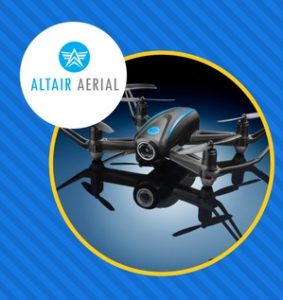
Some are designed for precision flying and will require you to make delicate manual controls – there are not good for beginners. Some are designed for maximum stability – these are great for beginners who are buying a drone because they will keep themselves in the air without as much input from you.
Additionally, low-priced drones are sometimes harder to control because they don’t have the added sensors and flight controller functionality of more expensive models. DJI drones practically fly themselves thanks to their “follow me” modes and innovative obstacle avoidance systems. However, these sorts of features will often cost you a thousand dollars or more.
5. Flying in Certain Conditions Could Put Your Drone at Risk
Even if you’re feeling confident when flying your drone, make sure you don’t get too cocky. If you take flight in poor conditions, you could easily damage your drone or risk losing it. Clear days with little to no breeze are ideal for flying drones.
Drones are so lightweight that even a small wind can cause you to lose control. Most mini drones shouldn’t be flown in winds higher than 10 miles per hour, and larger drones often recommend keeping it below 20. This means that if you live in an area that regularly gets strong winds, you may want to consider purchasing a great indoor drone instead.
While many drones have lights, you shouldn’t fly them once night falls. Your drone’s lights will only show you its position, not the position of potential hazards like trees or buildings. It’s the difference between a headlight and a brakelight – most drones only have the latter.
6. You Must Heed Flying Guidelines
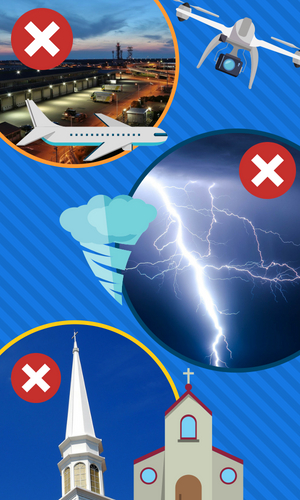
In 1981, the FAA issued guidelines for operating model aircraft. While this advice was issued decades ago, the rules may still be enforced by the FAA. These guidelines include the following:
- Make sure you can see your drone at all times
- Remain well clear of and do not interfere with manned aircraft operations
- Do not intentionally fly over unprotected persons or moving vehicles. Remain at least 25 feet away from individuals and vulnerable property.
- Contact the control tower before flying within five miles of an airport or heliport. (Actually, we at Dronethusiast recommend that you just don’t fly that close to an airport at all if you can possibly help it.)
- Do not fly in strong weather conditions.
- Do not fly under the influence of alcohol or drugs.
Most of these are pretty common sense, but they’re important to follow anyway. There are also area-specific laws to consider. For example, the FAA declared a five-mile no-fly zone around all U.S. airports, except for Reagan National Airport, which has a larger 15-mile no-fly zone.
7. After Buying A Drone, Use Good Flying Etiquette
While not strictly against the rules, flying in residential and urban areas should be done with a great deal of caution. Many people are concerned about the privacy implications of drones, and may cause a fuss if they spot one.
Stick to wide open fields and avoid houses, schools, stadiums, churches, power stations, prisons, and busy roads. Public parks, fields, etc. are often much better options for flying an RC UAV.
If you do encounter people, make sure you don’t fly recklessly around them or you could face a fine. Always be careful not to fly over peoples’ heads (especially if you’re flying a drone that’s over half a pound, because that’s technically illegal) and that you’re not risking hitting someone with the aircraft. Don’t follow a stranger with your drone or they’ll think you’re filming them. Flying with a drone club is a good way to enjoy your drone without raising suspicion.
Conclusion
Hopefully you’ve learned a bit from this article about buying a drone and the sorts of things you need to think about before you purchase a quadcopter. We love our drone flying hobby and we’re excited that you’re going to become a part of it, so if you have any further questions please don’t hesitate to ask them in the comments so that we can keep this article up-to-date with all the latest information. And in the meantime: happy flying!
Further Reading
Drone Buying Guide by Dronethusiast


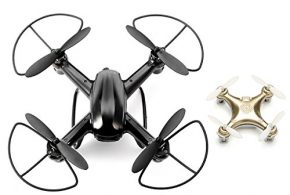
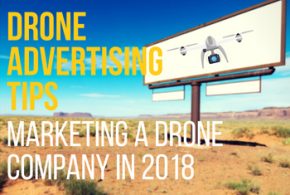

Haha #5 certainly brings back memories…
I had picked up a JJRC 1000A as one of my first few quads and was eager to test it out, despite the rough 20mph+ winds.
Let’s just say… I’m glad it was only a $15 quad I chose to take out that day. 😉
Great List!
I wish I listened to #6 a couple months ago, it would have saved me a couple hundred dollars in fines…
After reading the rules of safe drone flying I can’t help but to think why fly a drone at only eye distance . Why Video scenes that I am a part of?